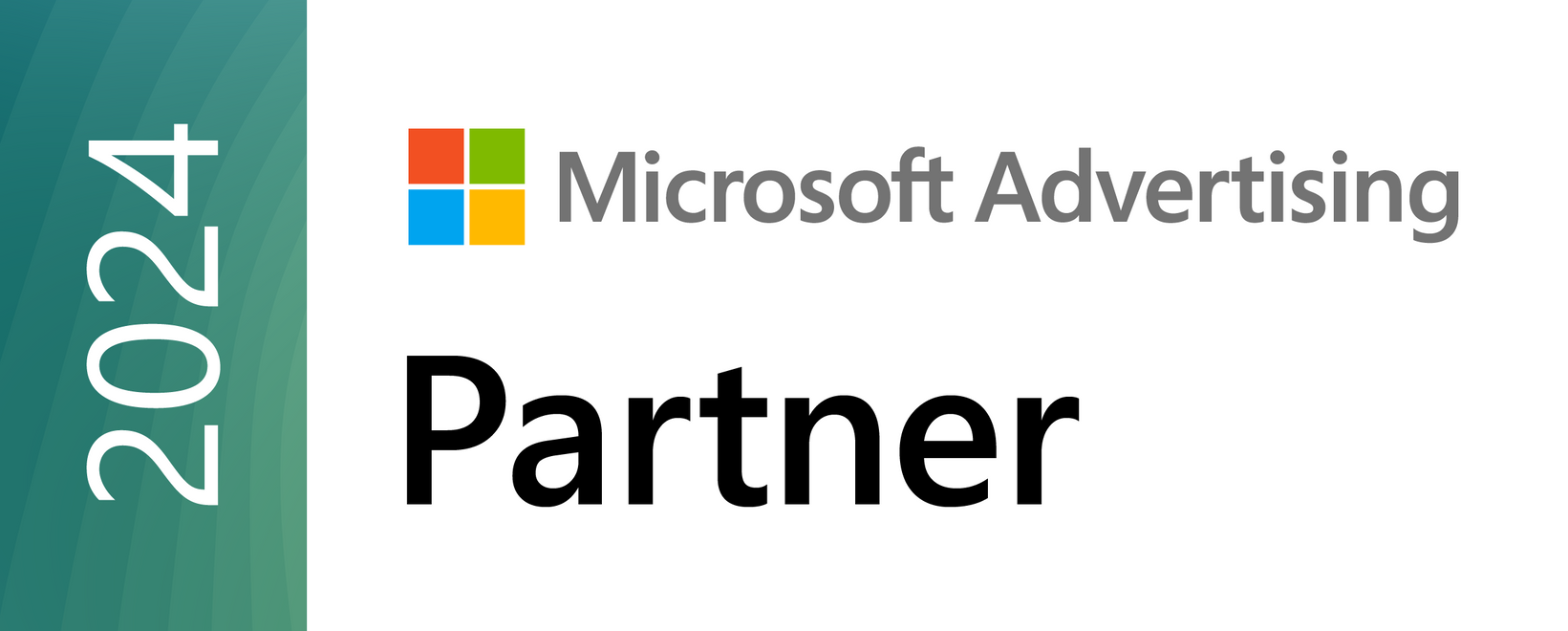Should Your Business Be Using Geolocation Advertising?

An increased emphasis on privacy and concerns regarding sensitive interest categories has led to some drastic reductions in ad targeting capabilities in recent years.
Meta has sought to impose strict limitations on the ability of advertisers to target ads to minors based on in-app activity, gender or interests. Google has implemented similar restrictions for targeting minors.
Meta has also removed the ability to target Facebook users based on “sensitive topics” that are deemed to be overly personal or potentially discriminatory, such as health conditions, sexual orientation and religion.
In addition, Meta has imposed strict targeting limitations for advertisers in industries they deem to have the potential for setting misleading expectations in their advertising or participating in outright customer abuse, like cryptocurrency, gambling and lending.
The leading digital content and advertising platforms are also having to contend with increasingly stringent privacy regulations. Although advertisers in Europe have had it worse since the introduction of GDPR, some U.S. states have begun introducing similarly draconian laws that limit data collection and ad targeting capabilities.
These ever-increasing restrictions are a reminder of the importance of being ready and able to adapt in marketing. This is certainly not the last time vital tools will be taken away from advertisers in order to assuage privacy concerns or perceived offensiveness in demographic targeting. It’s up to marketers to adopt and effectively leverage new tools to make up for deficits.
One of the most promising new adaptations is geolocation advertising, which can help fill the void left by escalating restrictions imposed on traditional targeting tools.
Exceptional Ad Delivery Relevance
Most businesses are local in nature and only want to serve ads to people in their service area. At the most basic level, geolocation data allows advertisers to narrowly target relevant local consumers.
Geolocation also has the potential to allow for more intricate campaign personalization based on the geographic area in which a person lives, works or commutes. Advertisers can get quite granular with these tools and prove much more individualized messaging or service line advertising, increasing the likelihood of engagement.
Efficient Spending
Maybe the most important facet of geolocation is the assurance that ad dollars are only going toward geographically relevant customers. Marketers can ensure no dollars are used to reach people outside of an advertiser’s service area.
Synergies With Other Marketing Efforts
Reaching prospective customers when they are within the vicinity of a brick-and-mortar location can be highly valuable when used in conjunction with other marketing efforts or promotions.
Targeting Competitor’s Customers
Advertisers don’t have to focus solely on people in the vicinity of their own business. A radius can be set around competitors and be combined with other demographic data to target prospective customers who may be tempted to take their dollars elsewhere. Geolocation advertising can be used to grow market share, especially when the tool is strategically leveraged.
Behavioral Insights
While geolocation is valuable from a targeting standpoint, the data gathered can also provide invaluable lessons regarding customer behavior and preferences.
Much can be gleaned about a business’s clientele or targeted customer base from geolocation data, including shopping habits, employers, demographics, income and lifestyle. Where someone lives, commutes, works, shops and spends their leisure time can tell you a lot about the individual – all of which can potentially be inferred through the knowledgeable interpretation of geolocation data.
Opt-In and Consent
Users must opt-in to location tracking on apps and devices in order for geolocation data to be gathered, overcoming many of the hurdles posed by existing privacy concerns.
Current Geolocation Uses and Methods
There are already many unique geolocation tools marketers can use to leverage valuable customer location data. Some of these include:
- Geotargeting: The classic example, geotargeting has long been used in digital advertising for serving ads to users accessing the internet from specific locations.
- Geofencing: Geofencing can be used to target ads, eblasts and other marketing campaigns to consumers within a defined virtual border, or geofence.
- Event Targeting: Event targeting can be used to target people who attended a specific event. Many inferences can be made about people based on the events they attend, whether it’s a comic convention, gun show or the concert of a popular pop singer. Attendees often share many valuable demographic similarities, including a predictable age range, interests, disposable income and even financial characteristics.
- Audience Targeting: Geolocation data does not need to be used in a vacuum. It can be combined with other demographic data to better narrow targeting parameters and ensure email and ad budgets are efficiently spent.
Would Your Business Benefit From Optimized and Properly Calibrated Campaigns That Leverage Geolocation Targeting?
If you would like to learn more about geolocation targeting and how it can be used to enhance not only your business’s reach and budget but also your competitive edge, don’t hesitate to get in touch with our digital marketing experts at REV77. You can request a free digital marketing audit through our site or contact us today to learn more about our capabilities.





